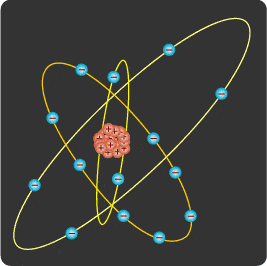
The physicists studied the electrons inside molecules from Ytterbium Fluoride; using an extremely precise laser, they measured the motion of the electrons – if the electrons were not spherical, they would exhibit a distinctive wobble. The researchers saw no such wobble.
The researchers claim they now intend to measure the electron’s shape even more closely – this would help provide some valuable information about antimatter. Antimatter behaves just like normal matter, but in reverse; for example, the electron counterpart would be positively charged, and called an antielectron (or a positron).
Research co-author, Dr Jony Hudson, from the Department of Physics at Imperial College London, said:
“We’re really pleased that we’ve been able to improve our knowledge of one of the basic building blocks of matter. It’s been a very difficult measurement to make, but this knowledge will let us improve our theories of fundamental physics. People are often surprised to hear that our theories of physics aren’t ‘finished’, but in truth they get constantly refined and improved by making ever more accurate measurements like this one.”
The currently accepted theory is that at the Big Bang, matter and antimatter were created in equal amounts, but due to some phenomena, antimatter pretty much dissappeared; understanding what properties caused this would be extremely useful in future research. To help improve their measurements, they intend to cool the molecules to extremely low temperatures, which would help control the exact motion of the molecules.



